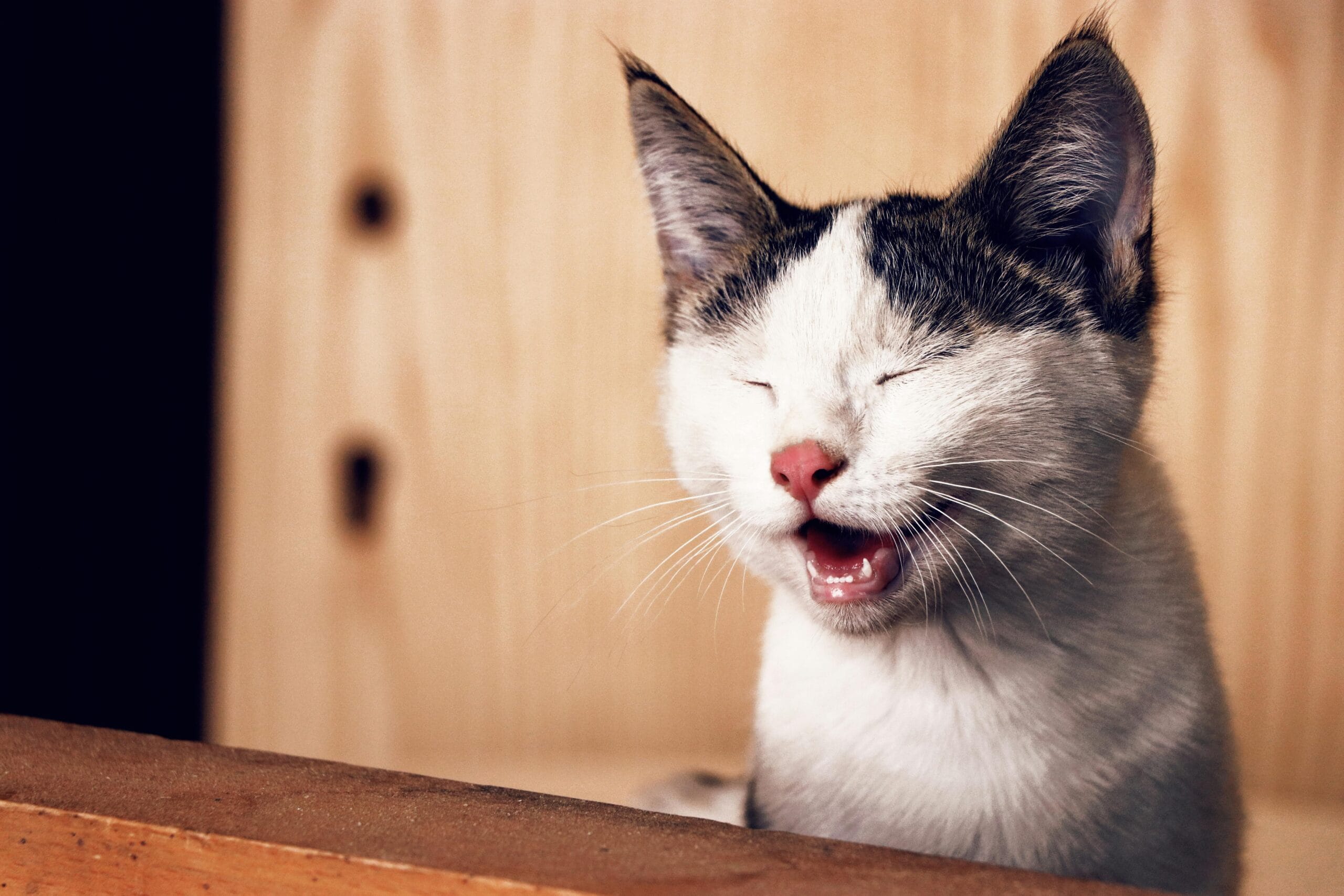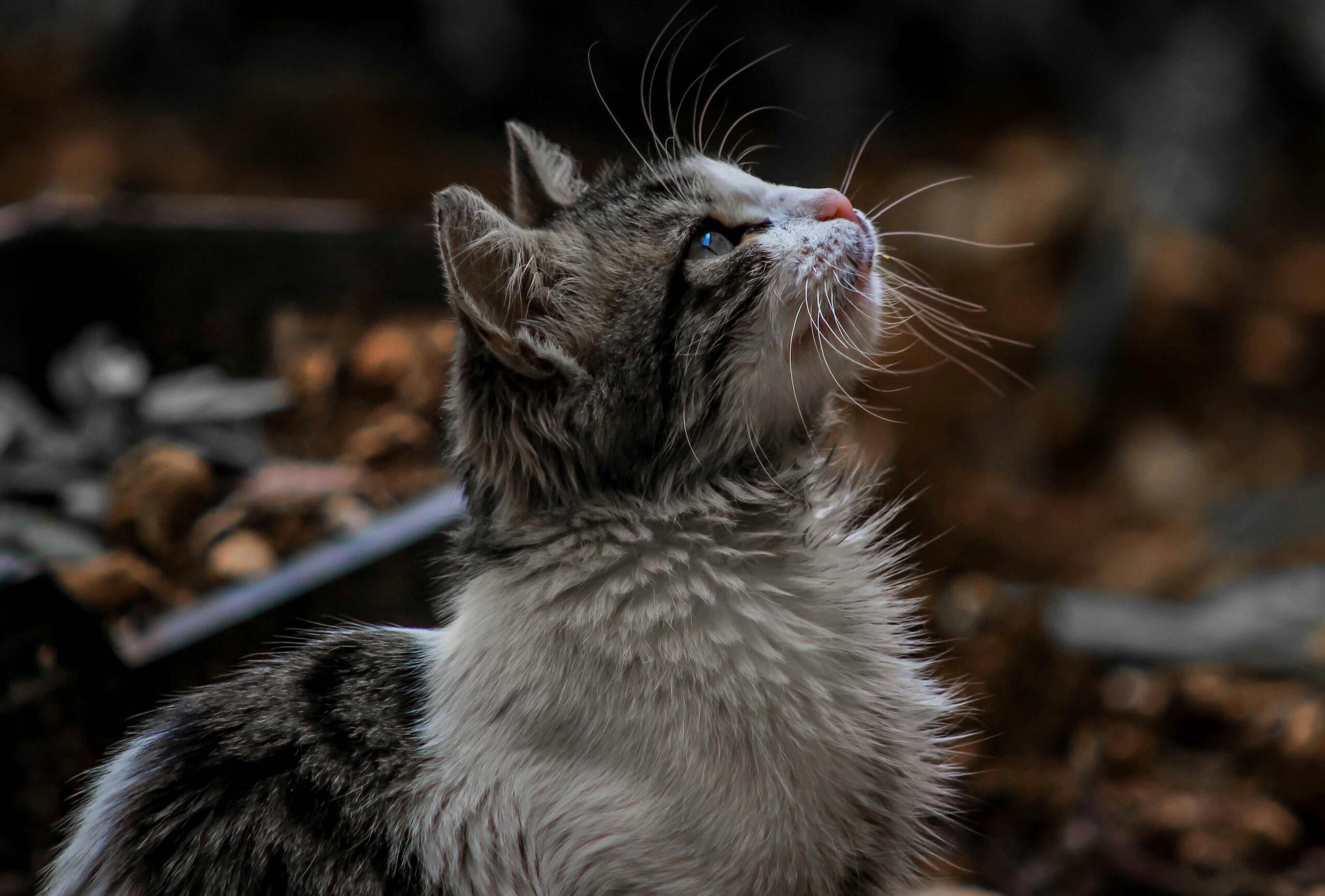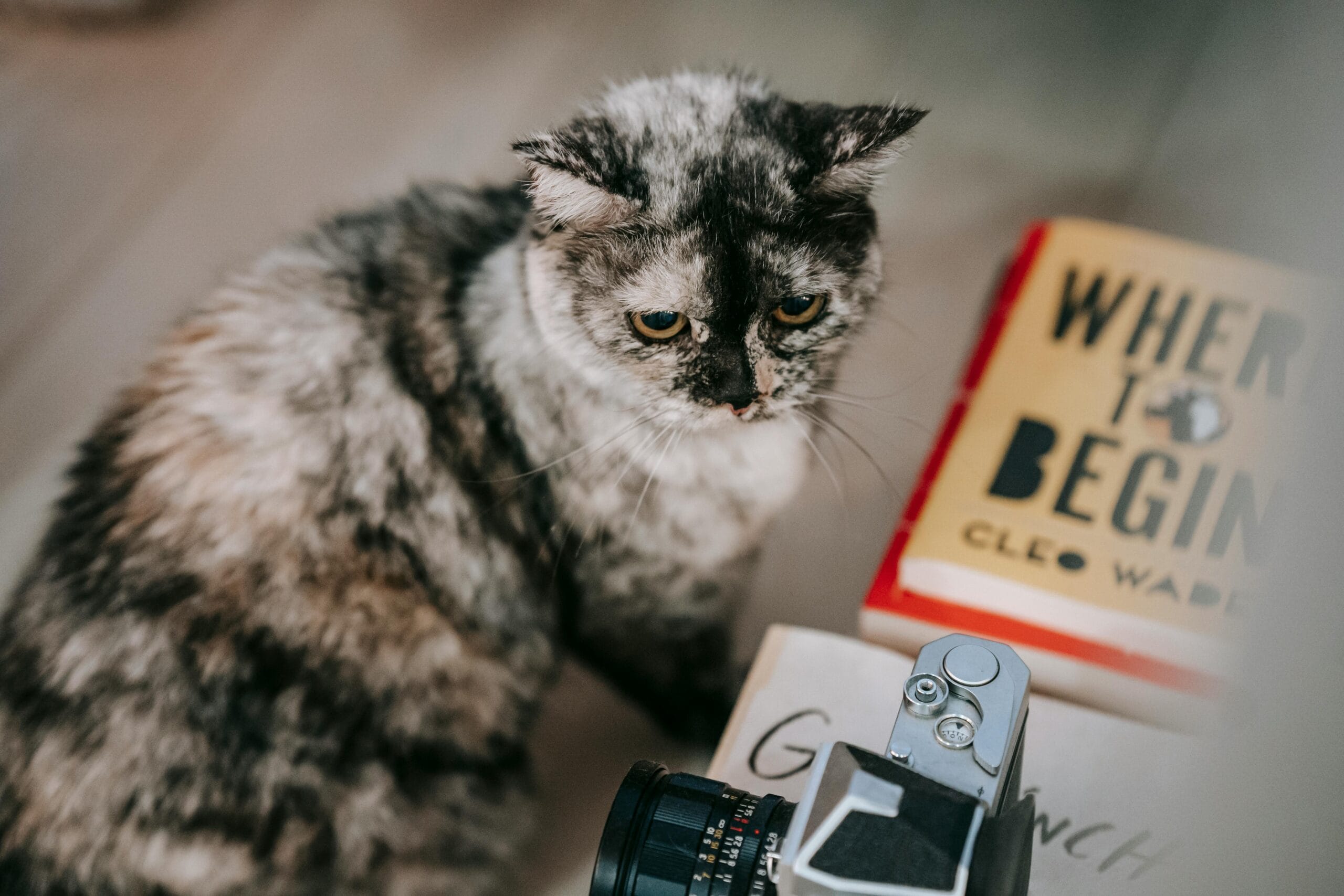How Much Canned Cat Food Should I Feed ?

How Much Canned Cat Food Should I Feed? Find the perfect daily canned cat food amount with our easy Cat Food Feeding Guide. Get expert advice & ensure your cat’s healthy weight!
How Much Canned Cat Food Should I Feed? A Comprehensive Guide
Finding the right amount of food for your feline friend can feel like navigating a minefield. Overfeeding leads to obesity and related health issues, while underfeeding leaves your cat hungry and potentially malnourished. This comprehensive guide will help you determine how much canned cat food should I feed your cat, providing a clear cat food feeding guide and outlining the daily canned cat food amount based on various factors.
Understanding Your Cat’s Nutritional Needs
Before we delve into the specifics of how much canned cat food should I feed, it’s crucial to understand your cat’s individual needs. Several factors influence their daily caloric intake:
- Age: Kittens require significantly more calories than adult cats due to their rapid growth. Senior cats, on the other hand, often need fewer calories because their metabolisms slow down.
- Weight: A heavier cat will naturally need more food than a smaller cat. Maintaining a healthy weight is paramount for your cat’s overall health. Regular weigh-ins are essential.
- Activity Level: A highly active cat, one who spends a lot of time playing and exploring, will require more calories than a less active indoor cat.
- Breed: Some breeds are naturally more prone to weight gain than others. Researching your cat’s breed can offer insights into their metabolic rate and potential dietary needs.
- Health Conditions: Underlying health issues like hyperthyroidism or diabetes can significantly impact your cat’s caloric requirements. Always consult your veterinarian if your cat has any health concerns.
- Sterilization/Neutering: Neutered or spayed cats generally need slightly fewer calories than intact cats. Their metabolism changes after the procedure, which directly affects food intake.
Using the Canned Cat Food Label as a Guide
Most canned cat food labels provide feeding guidelines based on your cat’s weight. These are a good starting point, but they shouldn’t be considered absolute. These guidelines often suggest a range, providing flexibility to adjust based on individual needs. Always read the label carefully and pay close attention to the calorie count per can. This is an essential part of creating your own cat food feeding guide.
Calculating Daily Canned Cat Food Amount
While the label provides a starting point for determining your daily canned cat food amount, it’s vital to observe your cat and make adjustments as necessary. Here’s a step-by-step approach:
- Weigh your cat: Use a pet scale for an accurate weight measurement.
- Consult the can’s feeding guidelines: Find the recommended amount based on your cat’s weight.
- Divide the daily amount into multiple meals: Most veterinarians recommend feeding cats twice a day to mimic their natural hunting behavior. Divide the total daily amount into two portions.
- Monitor your cat’s weight: Weigh your cat regularly (at least once a month) to ensure they are maintaining a healthy weight. Adjust the food amount accordingly.
- Observe your cat’s body condition: Feel your cat’s ribs. You should be able to feel them easily without pressing hard. If they’re too prominent, your cat might be underweight. If you can hardly feel them, they may be overweight. A vet can provide a proper assessment.
- Consider your cat’s activity level: More active cats may require slightly more food, while less active cats may need less.
Adjusting your Cat Food Feeding Guide
The cat food feeding guide you initially establish may need adjustments over time. Factors like age, changes in activity level, and underlying health conditions can all necessitate changes to your cat’s food intake. Regular monitoring is key to ensuring your cat receives the appropriate nutrition.
Addressing Common Feeding Concerns
Many cat owners struggle with common feeding issues. Let’s address some of the most frequent concerns:
- My cat is overweight: Consult your veterinarian to develop a weight loss plan that includes a controlled diet and increased exercise. Gradual weight loss is crucial to avoid health complications.
- My cat is underweight: If your cat is underweight despite consuming the recommended amount of food, consult your veterinarian to rule out underlying medical conditions. They might suggest a higher-calorie diet or supplements.
- My cat is a picky eater: While tempting to give in to your cat’s preferences, sticking to a balanced diet is crucial. Try offering different flavors of canned food and incorporating wet food toppers, but avoid excessive treats.
- My cat is constantly begging for food: This is a common issue but doesn’t always mean your cat is hungry. It could be a behavioral problem or a sign that the food isn’t satisfying their needs in terms of taste, nutrition, or quantity. Consulting with a veterinarian or a certified cat behaviorist might help address this problem.
Beyond the Canned Food: A Holistic Approach
While canned food forms a significant part of many cats’ diets, it’s essential to consider a holistic approach to feline nutrition. Providing fresh water at all times is crucial for hydration. You should also consider supplementing canned food with other nutrients. This might involve introducing dry food in moderation or adding a wet food topper.
The Importance of Veterinary Consultation
While this guide offers valuable information on how much canned cat food should I feed, it is crucial to consult with your veterinarian. They can provide personalized recommendations based on your cat’s specific breed, age, weight, activity level, and health status. A veterinarian can offer tailored advice to help your cat maintain optimal health and weight. A comprehensive veterinary checkup should always be part of creating your cat food feeding guide.
For more information on cat nutrition, you can also consult the American Veterinary Medical Association (AVMA) website. Their resources offer in-depth information on feline dietary needs.
Another valuable resource is the FDA’s website on pet food labeling. Understanding pet food labels is crucial for making informed decisions about your cat’s nutrition.
Conclusion: Tailoring Your Cat’s Feeding Plan
Determining the daily canned cat food amount for your cat is a personalized process. By considering your cat’s individual characteristics, utilizing the information on canned food labels, and consulting your veterinarian, you can develop a feeding plan that ensures your cat thrives. Regular monitoring and adjustments will help maintain a healthy weight and support your cat’s overall well-being.
Call to Action: Share Your Experience!
We’d love to hear from you! Share your experiences with determining the right amount of canned cat food for your furry friend. What strategies have worked best for you? What challenges have you faced? Leave a comment below – let’s create a supportive community to help every cat owner provide the best possible care for their beloved companion. Use keywords like “How Much Canned Cat Food Should I Feed“, “Cat Food Feeding Guide“, and “Daily Canned Cat Food Amount” in your comments to help others searching for similar information.

Frequently Asked Questions: How Much Canned Cat Food Should I Feed My Cat?
Here are 10 frequently asked questions (FAQs) about how much canned cat food to feed your cat, with detailed answers:
1. How much canned cat food should I feed my adult cat?
The amount of Daily Canned Cat Food Amount depends on your cat’s weight, activity level, and the calorie content of the specific canned food. A good starting point is to follow the feeding guidelines on the can, using your cat’s weight as a reference. However, these are just guidelines. Monitor your cat’s body condition (is it too thin, overweight, or just right?) and adjust accordingly. A Cat Food Feeding Guide from your vet is always recommended.
2. How do I determine my cat’s ideal weight?
Your veterinarian can help determine your cat’s ideal weight. They can assess your cat’s body condition score (BCS), which is a visual assessment of their muscle and fat. A healthy cat should have a noticeable waistline when viewed from above, and their ribs should be easily palpable but not visible.
3. My cat is overweight. How do I reduce their canned food intake?
Gradually reduce the Daily Canned Cat Food Amount by a small percentage (e.g., 5-10%) each week. Monitor your cat’s weight and adjust as needed. Consult your vet for guidance, as they can help determine a safe and effective weight loss plan, potentially including dietary changes and increased exercise.
4. My kitten is growing rapidly. How much canned food should I feed them?
Kittens require more calories than adult cats due to their rapid growth. Follow the feeding guidelines on the kitten food can, but be prepared to adjust based on your kitten’s growth and activity levels. Regular vet checkups are crucial to monitor their development.
5. Can I mix canned and dry cat food?
Yes, you can mix canned and dry food, but monitor your cat’s overall calorie intake to ensure they are not overeating. Adjust the amounts of each food type to reach the recommended Daily Canned Cat Food Amount for your cat’s weight and activity level.
6. How often should I feed my cat canned food?
Most cats do well with two meals a day, but you can adjust the feeding schedule based on your cat’s preferences and lifestyle. Some cats prefer multiple smaller meals. Consult your vet or refer to a Cat Food Feeding Guide for more specific recommendations.
7. My cat is a picky eater. How do I ensure they’re getting enough nutrition from canned food?
Try different flavors and brands of canned food to find one your cat enjoys. You can also add a small amount of water or low-sodium broth to make it more appealing. If your cat continues to be picky, consult your vet to rule out any underlying medical conditions.
8. What are the benefits of feeding my cat canned food?
Canned cat food often has a higher moisture content than dry food, which can help with hydration. It also often contains higher protein levels. However, be mindful of the sodium content and overall calorie count.
9. How do I store leftover canned cat food?
Store leftover canned cat food in an airtight container in the refrigerator for up to 24-48 hours. Discard any leftover food after that time. Do not refreeze.
10. Where can I find a reliable Cat Food Feeding Guide?
Your veterinarian is the best resource for a personalized Cat Food Feeding Guide tailored to your cat’s specific needs. They can also provide guidance on How Much Canned Cat Food Should I Feed your cat based on its breed, age, health, and activity level. Additionally, some reputable pet food brands offer online feeding calculators. However, always confirm with your vet for final recommendations.

How Much Canned Cat Food Should I Feed My Cat?
Determining the correct amount of canned cat food for your feline companion is crucial for their health and well-being. Overfeeding can lead to obesity and related health issues, while underfeeding can result in malnutrition. Here’s a practical guide:
Factors Affecting Feeding Amounts
Several factors influence how much canned food your cat needs:
- Age: Kittens require more calories than adult cats, while senior cats often need less.
- Weight: A heavier cat will naturally require more food than a smaller cat.
- Activity Level: A more active cat will burn more calories and need more food.
- Breed: Some breeds have higher metabolisms than others.
- Health Conditions: Underlying health issues may necessitate adjustments to food intake, as advised by your veterinarian.
- Type of Canned Food: The calorie density of different canned foods varies. Check the label for feeding guidelines.
Using the Can as a Guide (and its limitations)
Many canned cat food labels provide feeding guidelines based on your cat’s weight. While a useful starting point, these are general recommendations. Always monitor your cat’s body condition.
Assessing Your Cat’s Body Condition
The best indicator of proper feeding is your cat’s body condition. Ideally, you should be able to feel their ribs easily but not see them prominently. A healthy cat should have a slight tuck in their abdomen.
Monitoring and Adjustments
Regularly check your cat’s weight and body condition. If your cat is gaining or losing weight unexpectedly, adjust the food amount accordingly. Consult your veterinarian for personalized advice.
Seeking Veterinary Guidance
Your veterinarian is the best resource for determining the ideal feeding amount for your cat. They can consider your cat’s specific needs and provide tailored recommendations. Regular checkups are essential for maintaining your cat’s health.
Keywords:
cat food, canned cat food, feeding guide, cat feeding chart, cat weight, cat obesity, cat nutrition, healthy cat, veterinary advice, kitten food, senior cat food